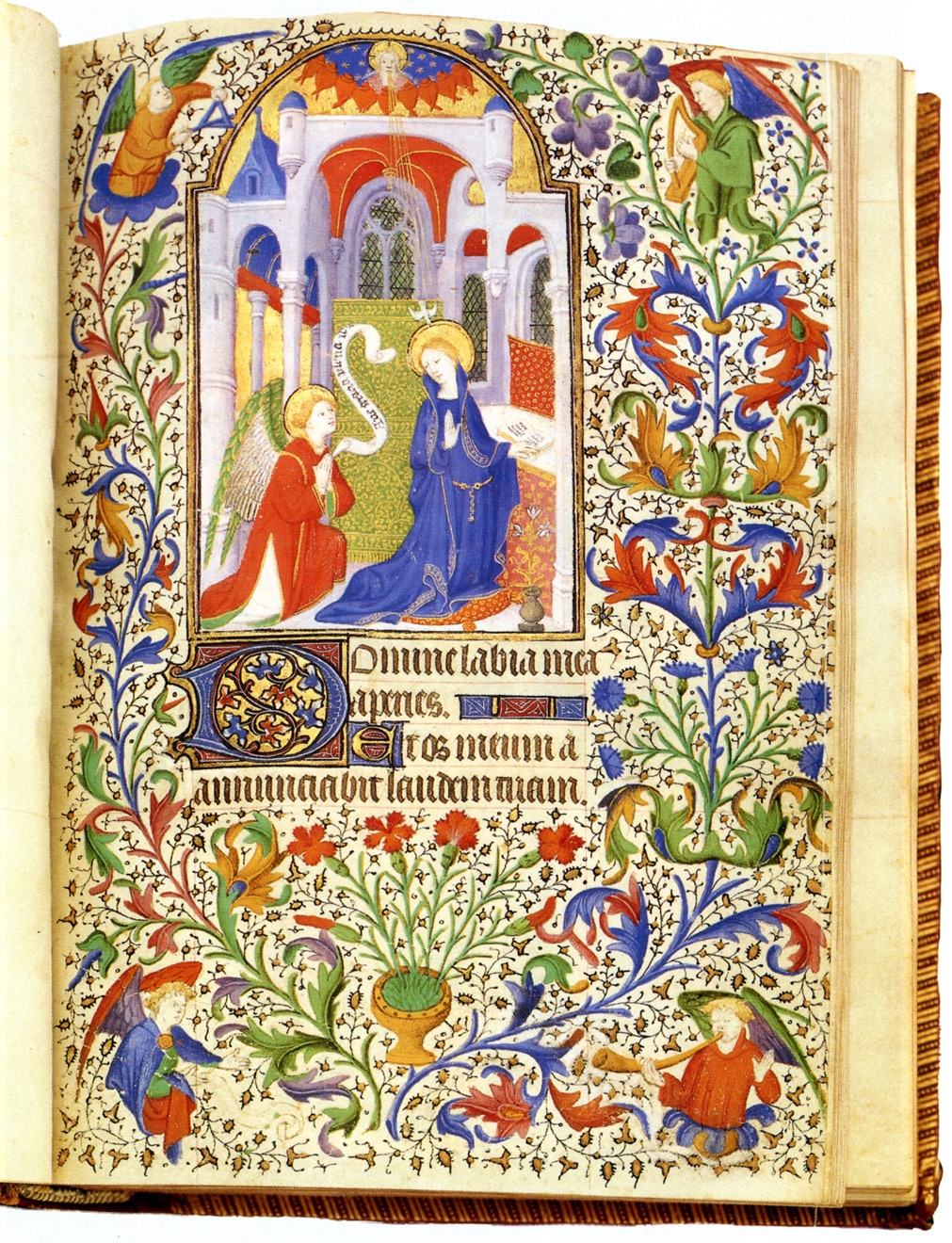

- #WHO WORKED ON THE ILLUMINATED MANUSCRIPTS FULL#
- #WHO WORKED ON THE ILLUMINATED MANUSCRIPTS CODE#
- #WHO WORKED ON THE ILLUMINATED MANUSCRIPTS SERIES#
Basic Boolean qualifiers can also be entered, but do not work well in the Iconclass search field or with descriptions longer than single words.Ī rich database site that focuses on iconography (pictorial illustrations of a subject) such as this one offers many teaching and learning possibilities for several humanities disciplines, not just art history. Field categories are diverse, including author and title, place of origin, scribe, and date parameter categories on the manuscript side, and description words, Iconclass codes, image type, and miniaturist fields in the images search column. For example, a user wishing to find all database scenes of the harrowing of hell from French manuscripts between 11 can use the index buttons to select appropriate data for individual fields. The heart of the database allows users to search the collection according to several manuscript and image criteria. The browse page also provides a “search by keyword” entry field that helpfully provides a list of alphabetically similar keywords in case the user’s entry does not match a term with hits. Multiple enlarged images can be simultaneously viewed on the screen, enabling easy visual comparison. An especially nice touch is that clicking on a thumbnail enlarges it not as a pop-up in a new window, but as a larger image pulled down from the top of the window by means of a blue tassel! Large, high-quality, digitized versions with added zoom capabilities are also available.
#WHO WORKED ON THE ILLUMINATED MANUSCRIPTS FULL#
Images returned through the browse page or by means of an expert image search (see below) are presented attractively as large thumbnails with full descriptive information (linked manuscript information and folio numbers, iconographic description, dimensions, and Iconclass codes). An assignment on daily life in the Middle Ages might lead students to browse “eating and drinking,” where they would find 28 manuscript images of scenes depicting the marriage feast at Cana or Esau’s sale of his birthright in return for a bowl of lentils. Alternatively, from the main highlights page the user can browse image anthologies dealing with church and society, Christian holidays, various topics like “fabulous animals” or “devils and demons,” and the Bible.įor students working on projects requiring thematic comparison, the site’s “browse by subject” page is an excellent entry point.
#WHO WORKED ON THE ILLUMINATED MANUSCRIPTS SERIES#
A cartoon-style introduction links the user to a series of images with text commentary on saints in the Middle Ages, books of hours, the liturgical year, and classical mythology. “Highlights” is an attractive starting point for users who want to browse casually or learn about themes for more specialized searches. This link offers an indispensable overview of the site’s structure and contents. It also contains links to a description of the cataloging process and a substantial introduction to the “scope and purpose of the web catalogue”. The “general introduction” succinctly explains three ways the user can access the site’s image holdings: via collection highlights, a “browse by subject” page, or an “expert search” engine. One advantage of this system is that it is not dependent on language-specific keywords for searches.
#WHO WORKED ON THE ILLUMINATED MANUSCRIPTS CODE#
So, for example, a 13th-century miniature depicting Joseph on his way to find his brothers bears the code “71D1221,” indicating alphanumerically from left to right that the illustration is from the Bible (7), specifically the Old Testament Joseph story in Genesis (71D), and is one of the events leading up to Joseph’s enslavement and journey to Egypt (71D12).

This system uses alphanumeric codes to categorize each image through 10 major thematic topics. Most portions of the site are available in either English or Dutch the keyword search in the “browse by subject” page (discussed below) can be conducted in English, French, or German.Ī key feature of this site is its use of the Iconclass classification system. Only illuminations, not entire manuscripts, have been digitized for the site. The vast majority of the manuscripts are from France and the Low Countries. The primarily late medieval images are drawn from close to 400 manuscripts from the 8th through 16th centuries, although more than half date to the 15th century alone.

This site offers searchable database access to almost 11,000 manuscript illuminations (miniatures, initials, and border decorations) from the National Library of the Netherlands and the Museum Meermanno-Westreenianum in The Hague.


 0 kommentar(er)
0 kommentar(er)
